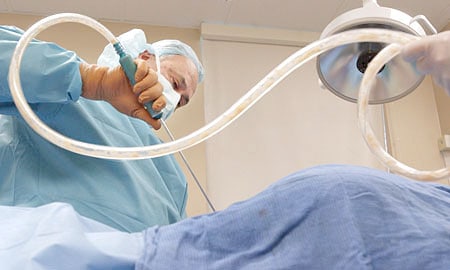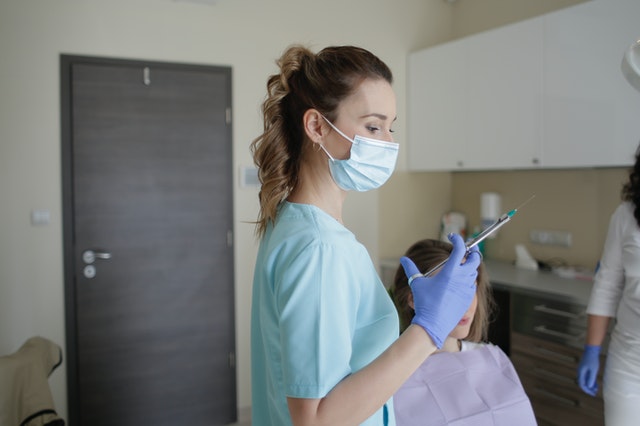Gynecomastia is a medical term used to describe enlarged breasts on men. Many people are often surprised to learn that this is a condition that affects real men, and even more are surprised to learn that there is an actual medical term to describe it. However, the condition is far more complicated than what many assume.
There are different types of gynecomastia, each of which requires different treatments. Many men may not know about these intricacies, but it is important to cover. Why is that? This is because understanding gynecomastia, and which type the patient may have, can help them determine if liposuction alone will be a good solution to their problem.
What Causes Gynecomastia?
Gynecomastia is caused by three primary factors. These can either be found in a combination or by themselves. They are as follows: excess fat, excess breast tissue, and excess skin. These can result from simple genetics, the use of particular medications, or even for other unspecified reasons. What is certain is that somewhere up to 50% of the men in the United States will experience gynecomastia at some point in their lifetime. Depending on the type and severity of the problem, the surgeon can then determine which solution will work most adequately.
For instance, if the patient sees excess breast tissue under their nipple and areola, their breasts may look puffy and protrude from their chest. In particularly slender patients, this may be a prominent feature of which they want to rid themselves. The solution, in this case, is to remove the breast tissue itself rather than the fat.
However, in the case of sagging breasts wherein the areola and nipple are drooping downward, the patient may need to undergo liposuction. Typically, these patients will have undergone a drastic weight loss and require the removal of excess skin to raise the position of the areola.

Should You Consider a Male Breast Reduction?
The reduction of the male breast is a procedure during which excess fat and glandular tissue are removed to restore a flatter and firmer appearance to the chest of the patient. This procedure is the most effective for the treatment of gynecomastia.
Losing weight can help the patient to reduce the enlarged appearance of male breasts, but it is not always an effective solution. This is because there are instances in which the patient has issues with their glandular tissue being in excess as well as the fatty tissue. Ultimately, this can cause even thin patients to notice an enlargement in their breasts.
However, male breast reduction is, in fact, the only consistently effective treatment that provides long-lasting effects for gynecomastia. The procedure may be right for you if you feel uncomfortable with the appearance of your chest or you are afraid to show your chest as a result of its appearance. With the help of a qualified surgeon, you can see real changes to the quality and appearance of your breasts without excessive scarring.
The Liposuction Procedure
Liposuction for the removal of fatty tissue is performed utilizing general anesthesia for the patient as well as local anesthesia at the surgical site. The surgeon makes a small incision on each side of the chest and, through these incisions, removes the excess fat or glandular tissue. While this is being performed, they will also be able to sculpt a new chest contour that will give you a more natural look once the fat is removed.
After the procedure is complete, there is a recovery process that the patient must undergo before they can return to their regularly scheduled activities. However, this recovery period is generally well tolerated by patients. During this period, patients are given a compression garment which they must wear for several weeks following the surgery. This will help to minimize the swelling in the breasts and offer support as the tissue heals. Vigorous exercise is typically considered off-limits during this time, but regular activities such as work can be returned to within days of the procedures. After about three weeks, exercise may be added back into the routine.
All of that aside, each patient is going to heal at their own unique pace, and it is important to discuss with your surgeon how long they recommend that you spend healing before you can return to your daily life.
Treating Gynecomastia with Liposuction
In many cases, liposuction alone is not going to give the most comprehensive results. Many patients will return to another surgeon’s office after having received liposuction from a prior surgeon and have found their results unsatisfactory. This is because the surgeon simply performed liposuction when they, in fact, needed to remove breast tissue as well. When the breast tissue is not removed alongside the fat, the nipple can take on a puffy appearance which can be unappealing.
The best source to help you determine whether you require liposuction alone or another procedure along with it is your surgeon. Be sure to discuss with your surgeon what your concerns are and let them know of any medical conditions that may ultimately alter your results. While receiving additional procedure in conjunction with liposuction may require longer recovery time, the results will generally be much more satisfactory and provide you with longer-lasting success.
Are You Looking for a Cosmetic Surgeon You Can Trust?
Rucker MD is a cosmetic surgery practice led by Dr. Joseph W. Rucker, Jr.. Dr. Rucker is a board-certified surgeon specializing in liposuction in Wisconsin, and has performed over 10,000 procedures. Dr. Rucker is proud of the work he does and continues to strive for excellence for his patients.



